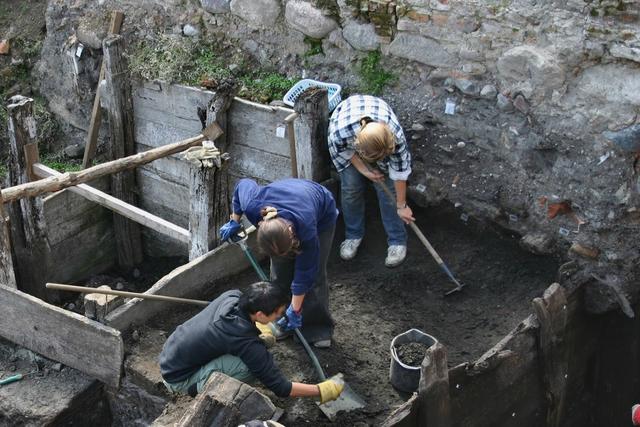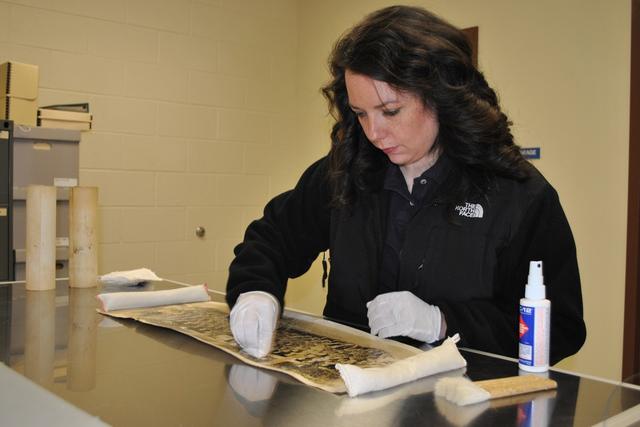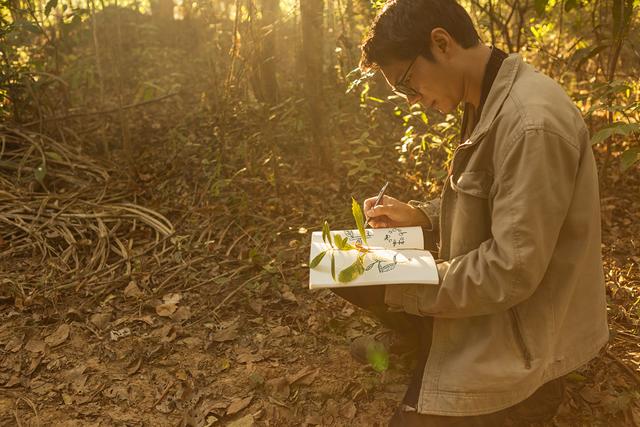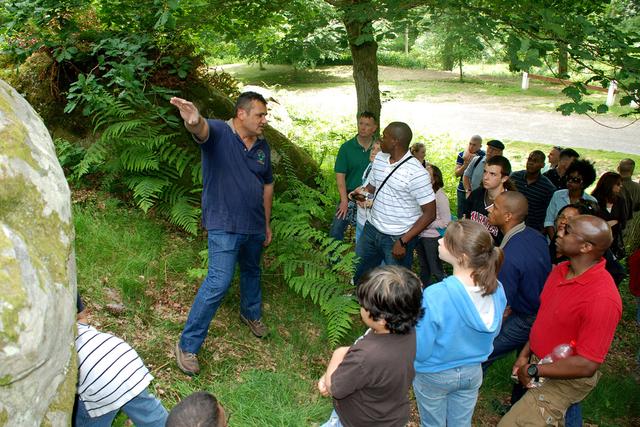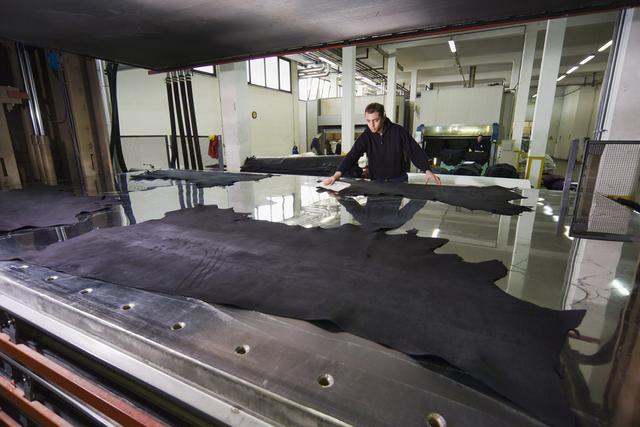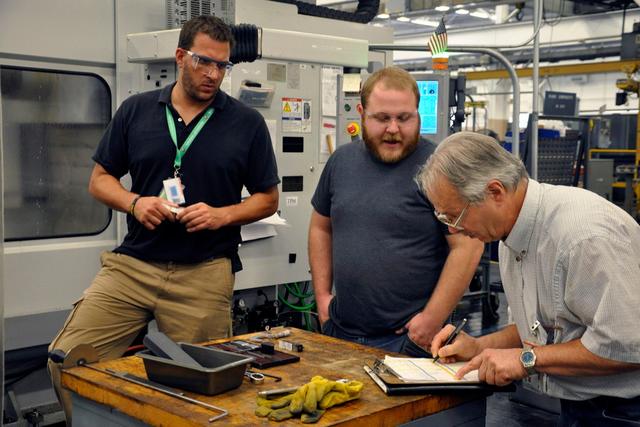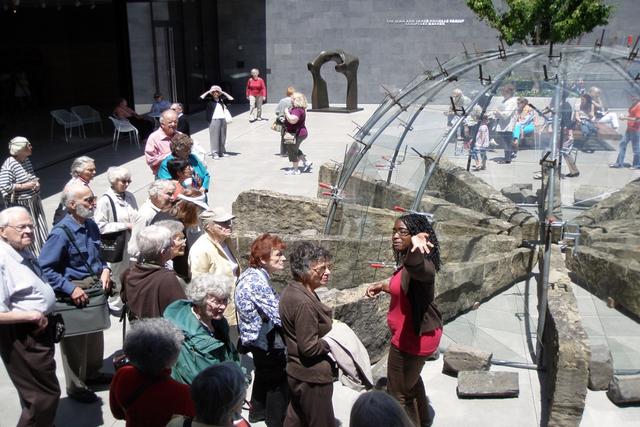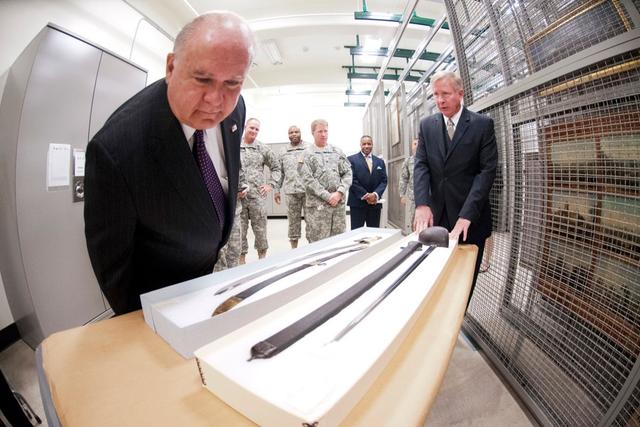Conservators and Conservation Technicians
Overview

Introduction
Conservators analyze and assess the condition of artifacts and pieces of art, plan for the care of art collections, and carry out conservation treatments and programs. Conservators may be in private practice or work for museums, historical societies, or state institutions. When conserving artifacts or artwork, these professionals must select methods and materials that preserve and retain the original integrity of each piece. Conservators must be knowledgeable about the objects in their care, which may be natural objects, such as bon...
Quick Facts
Median Salary
Employment Prospects
Minimum Education Level
Experience
Skills
Personality Traits
Earnings
Salaries for conservators vary greatly depending on the level of experience, chosen specialty, region, job description, and employer. The median annual wage for archivists, curators, and museum workers, which includes conservators and conservation technicians, was $57,120 in May 2023. The lowest 10 percent earned less than $34,310, and the top 10 percent earned more than $100,510, according to ...
Work Environment
Conservation work may be conducted indoors, in laboratories, or in an outdoor setting. Conservators typically work 40–60 hours per week depending on exhibition schedules and deadlines, as well as the number and condition of unstable objects in their collections. Because some conservation tasks and techniques involve the use of toxic chemicals, laboratories are equipped with ventilation systems....
Outlook
Employment of conservators and museum technicians is projected to grow 11 percent from 2023 to 2033, much faster than the average for all occupations, according to the U.S. Department of Labor. It says that "public interest in museums and other cultural centers is expected to increase the demand for curators, museum technicians, and conservators." Employment growth will vary by specialty. Compe...



